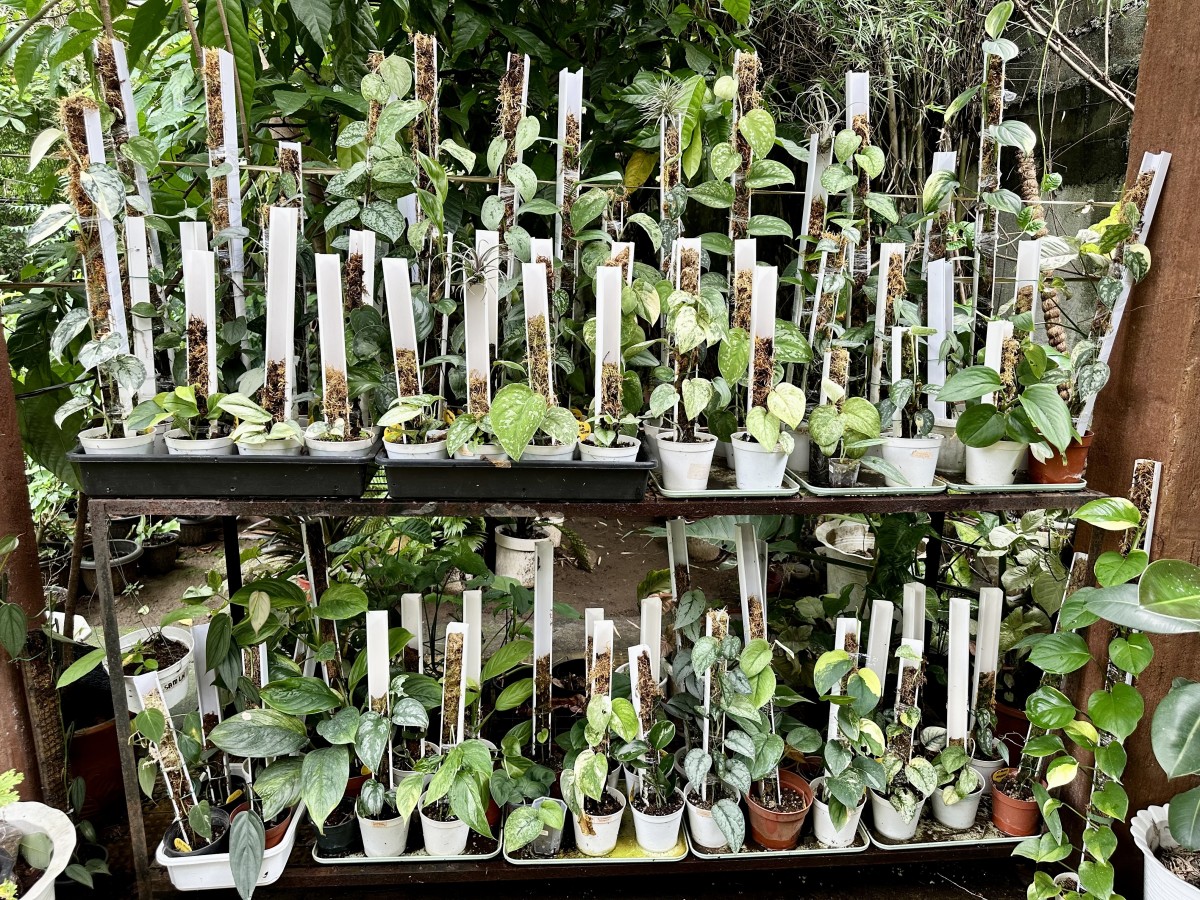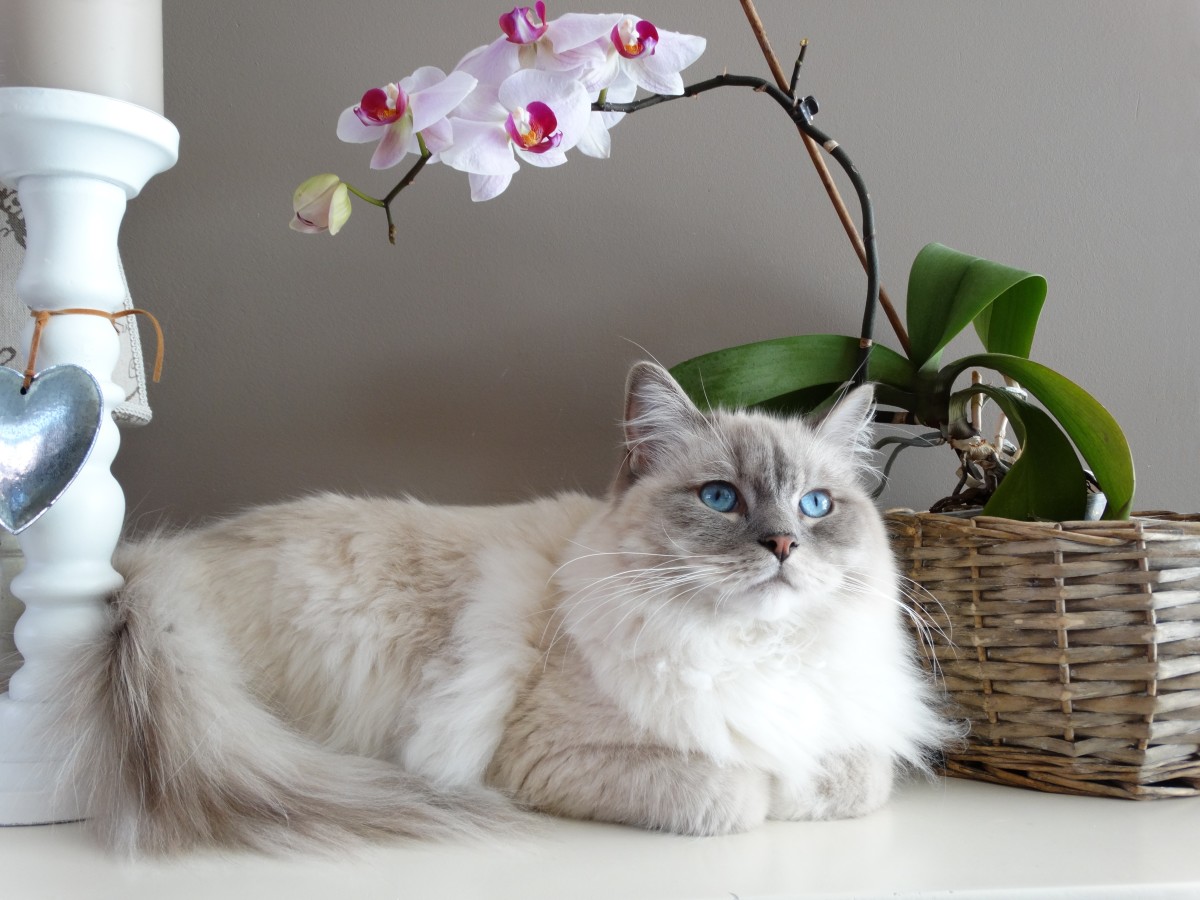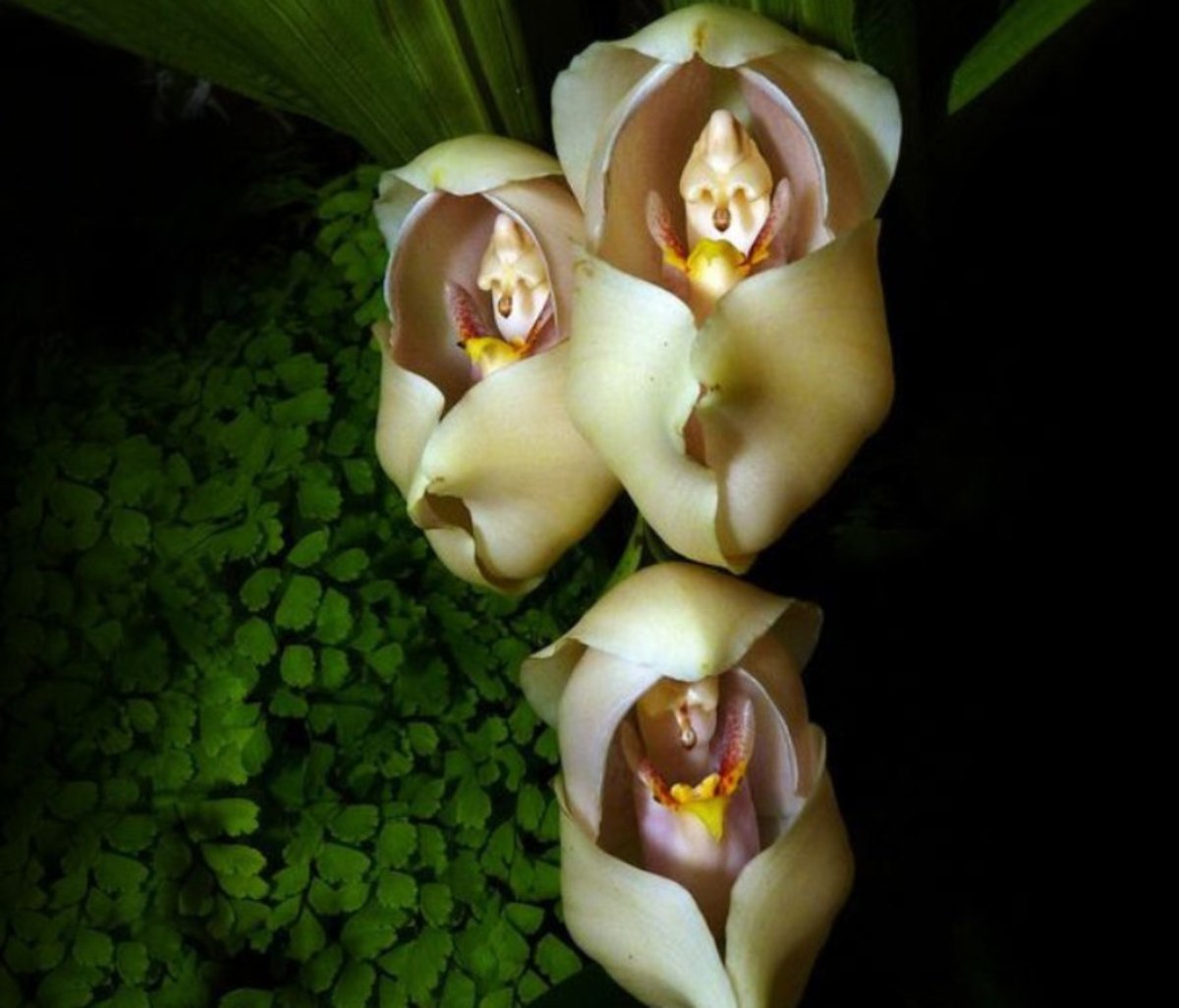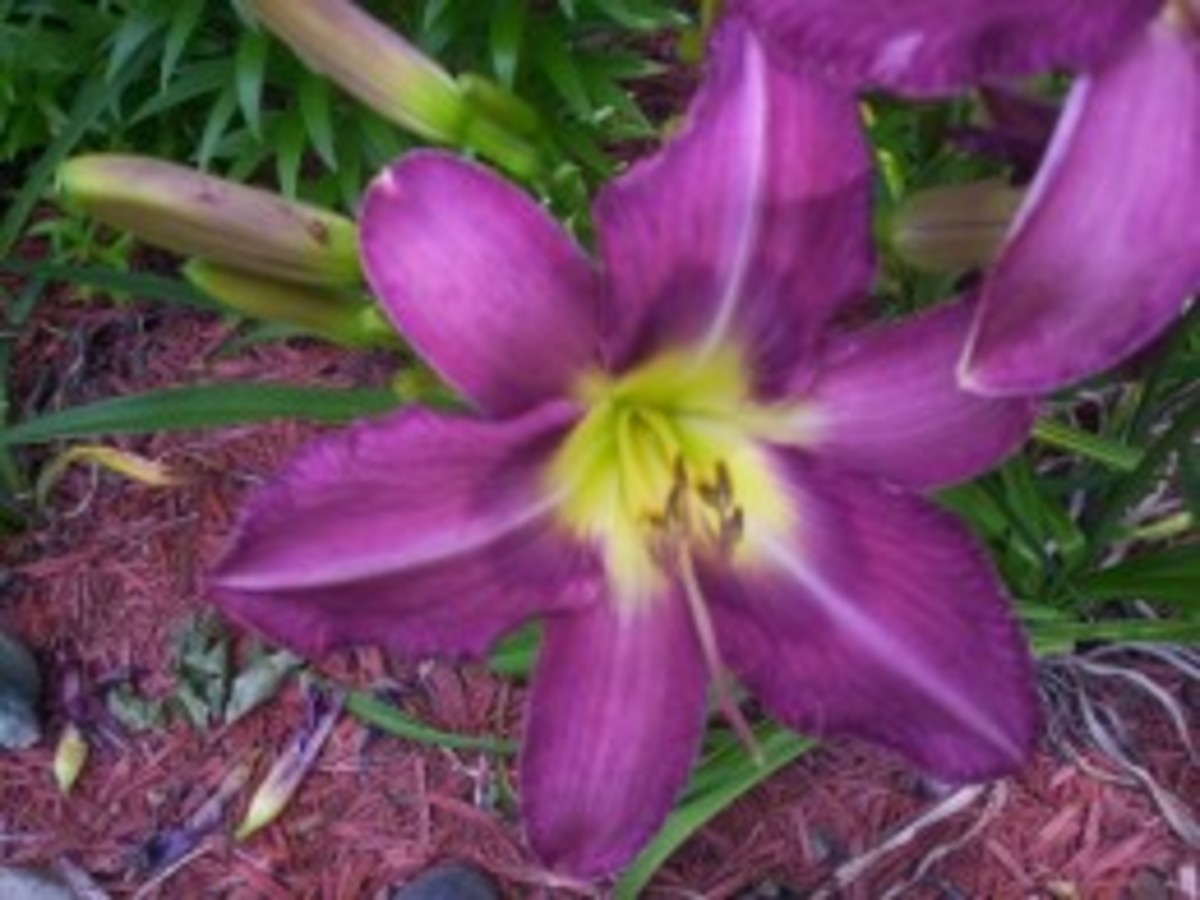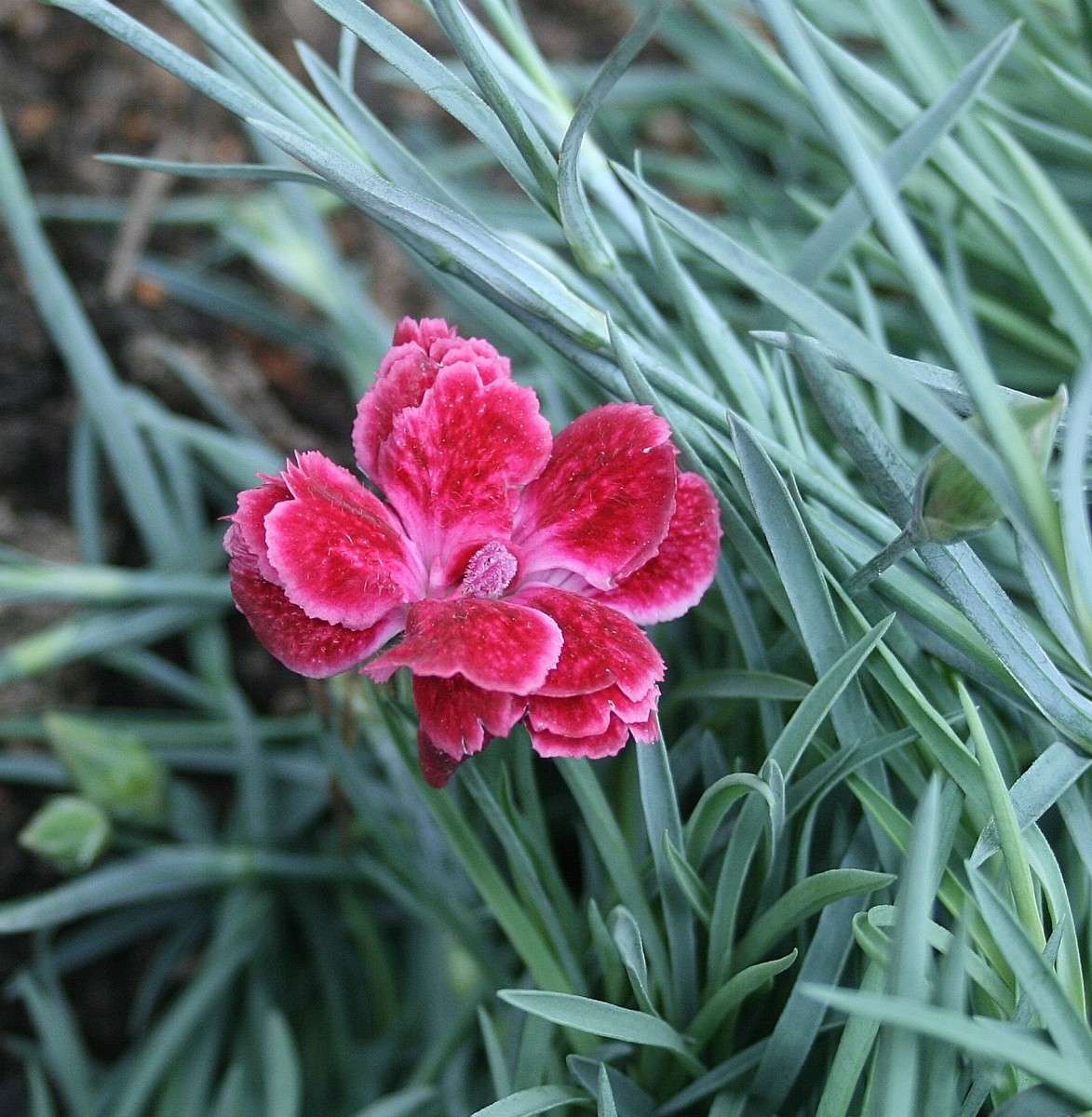- HubPages»
- Home and Garden»
- Gardening»
- Planting Flowers
Orchid Growing Parameters
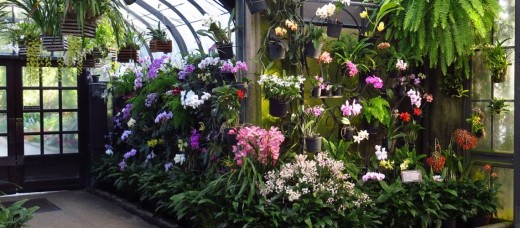
Why grow orchids?
Orchids are one of the most important flowering plants in the world. These flowering plants are used in a lot of traditions and ceremonies specially in Asian countries. Orchid extracts are also used in perfumes, condiments, oils and medicine. And above it all, these plants produce really beautiful flowers and is relatively easy to grow compared to other flowering plants.
Topography
Orchid plants are not really picky on the topography but records show that farm orchids is mostly grown in lowland, plateu, slighty hilly terrains. Although in natural conditions a lot is seen on tall trees and mountains.
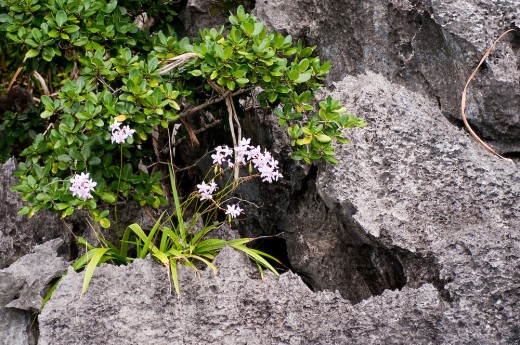
Elevation
Orchid plants also has a wide range of survivability on different land elevation. They may grow near the beach and may grow on high mountains. Thus elevation is not really a big problem on orchid growing. But if you really need to the best values for this condition, then considering all species of orchids, the optimum elevation for growing it is roughly 400 to 2000 above sea level.
Climate
Although orchids are easy to grow and propagate, its optimum temperature range is quite slim. Orchid plants generally grows best at 18 - 33 ⁰C during the day, and 10 - 18⁰C at night. Orchids also grows effortlessly on tropical to subtropical type of climate thus if your growing your orchid plants on a greenhouse, try to emulate the mentioned climatic conditions
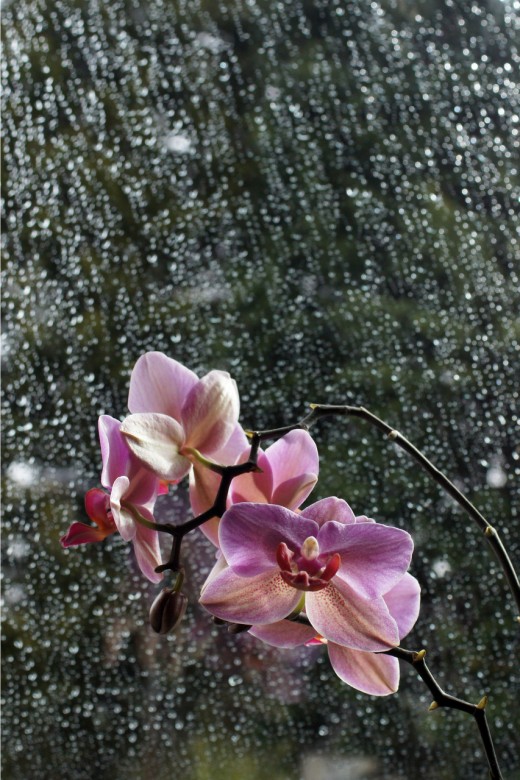
Shade
As we all know, in completely natural conditions orchids are mostly seen clinging on tress. Thus it is quite obvious that this plants grows best at partially shaded conditions. When cultivating this plants, make sure to portray its natural conditions. You may want to use garden nets, or white (or light colored) pvc roofs, or better cling them on trees.
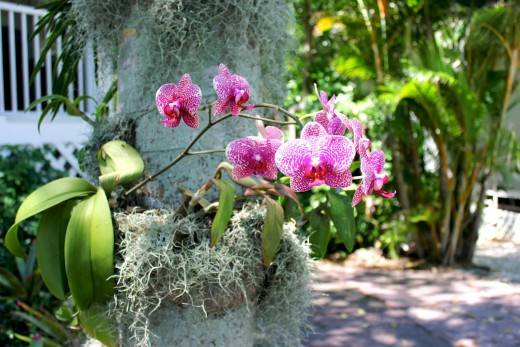
Atmospheric Humidity
Knowing that orchids grow best in tropical or sub-tropical conditions, it is not surprising that this plants require relatively high amount of humidity. Extremely low humidity can stunt the growth of your plant. It can also cause to falling off of buds, wrinkling of leaves and worse malformed flowers. To avoid the mentioned damage you must keep the humidity of your planting area within or near the orchid's optimum humidity which is, 71% - 85%.
Growing media
Most of the cultivated orchids such as Dendrobium sp. are grown on pots, for this the best media for growing would be wood chips, coconut husk or charcoal. For land orchids, it requires a well - aerated soil. For hanging orchids however, it is best to use tree chops and slabs more on the drift wood to tamarind wood quality.
Note: On potted orchids using coconut husks/wood chips etc., it is advisable to sterilize the materials first before using.
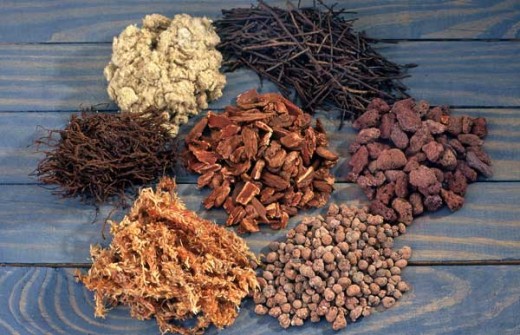
Water Supply
Water supply requirement may vary depending on how hot the climate of your planting area is. But on tropical and sub-tropical areas (wherein most orchid grows naturally) a water supply of 1673 to 3100 mm rainfall per year is the optimum condition for growing this plant.
Harvesting parameters
The harvesting parameter is obvious in this one, it is the appearance of flowers. Although some potted orchid plants may be able to be sold prior to flowering, most orchid plants are bought with its flowers/ flower buds grow.
Common Diseases and pests
Bacterial Diseases
Soft rot of Orchids - This bacterial disease is caused by Erwinia chrysanthemi and/or Pectobacterium chrysantemi. Both organisms thrive on humid, moist and water soaked environment, which makes it hard to control (since orchids grows best on moist environment). Symptoms include soft, water soaked, brown to yellowish actively growing spots (in worse conditions it may invade the whole plant). This affects the yield since, if not controlled, it may cause death to your plants within 3 weeks after infection.
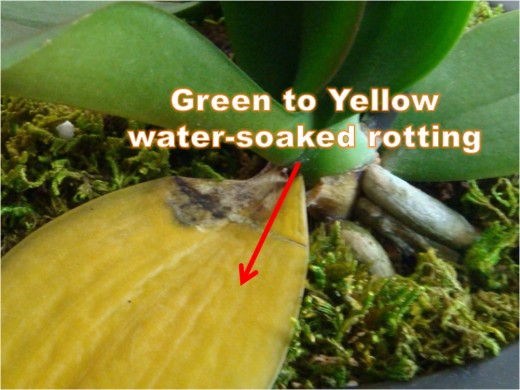
Bacterial Brown spot - This disease is caused by Psuedomonas sp.. This organism thrives on the same environmental condition as soft rot bacteria. Early symptoms are sunken small, dark green, water soaked lesions that enlarges as it invades the leaves and turns into brown to black color and dries up.
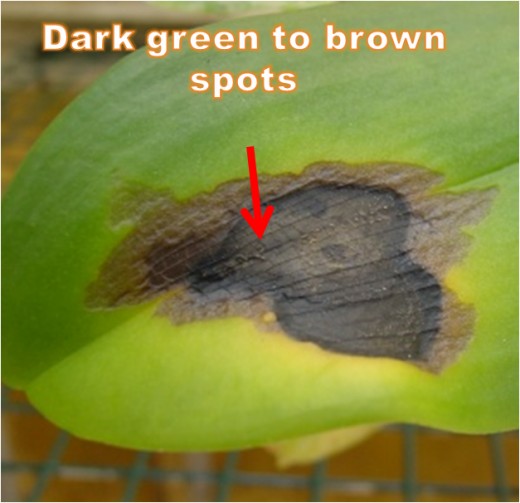
Fungal Diseases
Fusarium wilt - This disease can be caused by different Fusarium species, Fusarium solani, F. proliferatum, F. oxysporum and F. subglutinans for example. On my experience this is the most problematic disease on this list, since once it infects it is very hard to control, easily spreads (and can spread by itself), and kills the plant in a short time. The epidemic potential of this pathogen is so high that it may end an orchid growing business in just six months if not controlled properly.
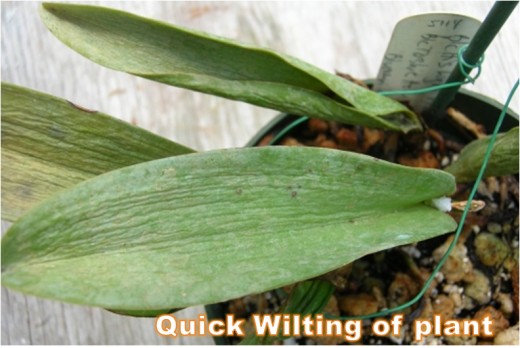
Rhizoctonia root rot - This disease is caused by Rhizoctonia solani, and is very hard to control once the symptoms appear. This organism usually appears on moist and rotting media. Symptoms are late to appear and might be too late for the plant once you see them, this includes shriveling of bulbs, falling of leaves and gradual deterioration of the plant. Too avoid this you may want need to sterilize our media or apply Mychorrizae or Trichoderma on your potting medium.
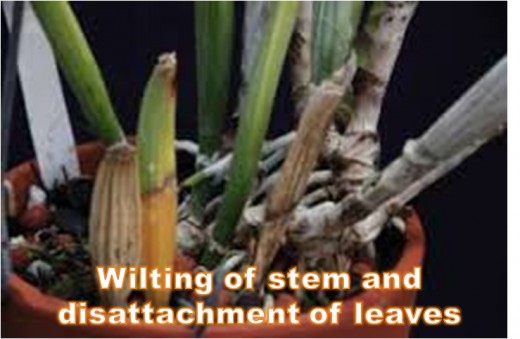
Viral Diseases
Cymbidium mosaic - This disease is caused by Cymbidium mosaic potexvirus, early symptoms are sunken necrotic lesions (sunken black spots). At the first sight of this symptom it is suggested to subject the plant to virus diagnosis methods to confirm if it is a virus or not. If the plant is proven to have the virus, dispose (preferably by burning) the plant immediately since this virus can spread rapidly and will produce smaller and distorted yields (flowers). There is no economically feasible cure once a plant is infected by this virus, instead you ought to prevent this by using clean planting materials and by disinfecting tools you use on cutting your plants (with 3N NaoH)
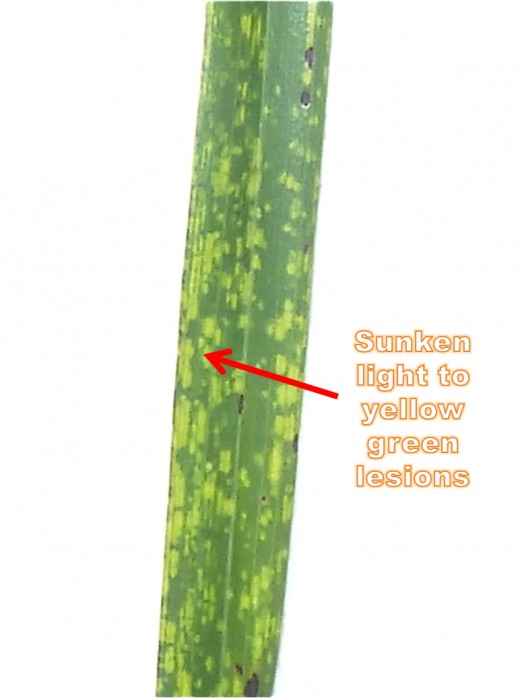
Odontoglossum ringspot - This is another virus disease caused by Odontoglossum Ringspot Virus (ORSV). Symptoms include brown to black spots with yellow halo like discoloration around it. Just like CymMV, after positive diagnosis to this virus it is suggested to dispose the infected plant immediately.
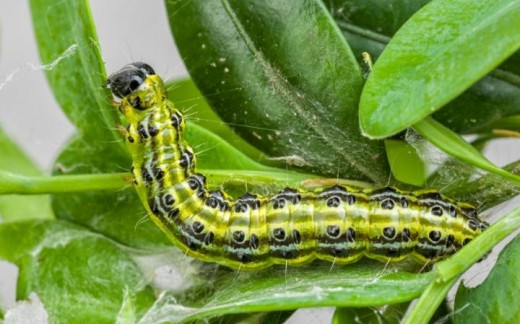
Insect Pests
Caterpillar - Caterpillars are heavy damage dealers of orchid plants because of their chewing mouth parts and their ability to eat up any part of the plant in a short amount of time. The only good thing about this pest is that it is easy to be seen which makes it easier to control.
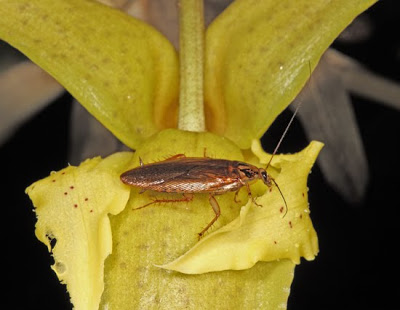
Cockroaches - In my experience of growing orchids these small garden cockroaches is the hardest to control, not only are they resistant to almost any insecticide, they can hide on cracks and dark corners of your garden. What's worse is that they bite on the orchids from time to time, makes growing media rot faster, makes leaves fall and even transmits disease specially viruses.
Hit the comments!
Do you have any questions? or clarifications on my hub? Hit the comments and I will be sure to entertain you. Cheers!

